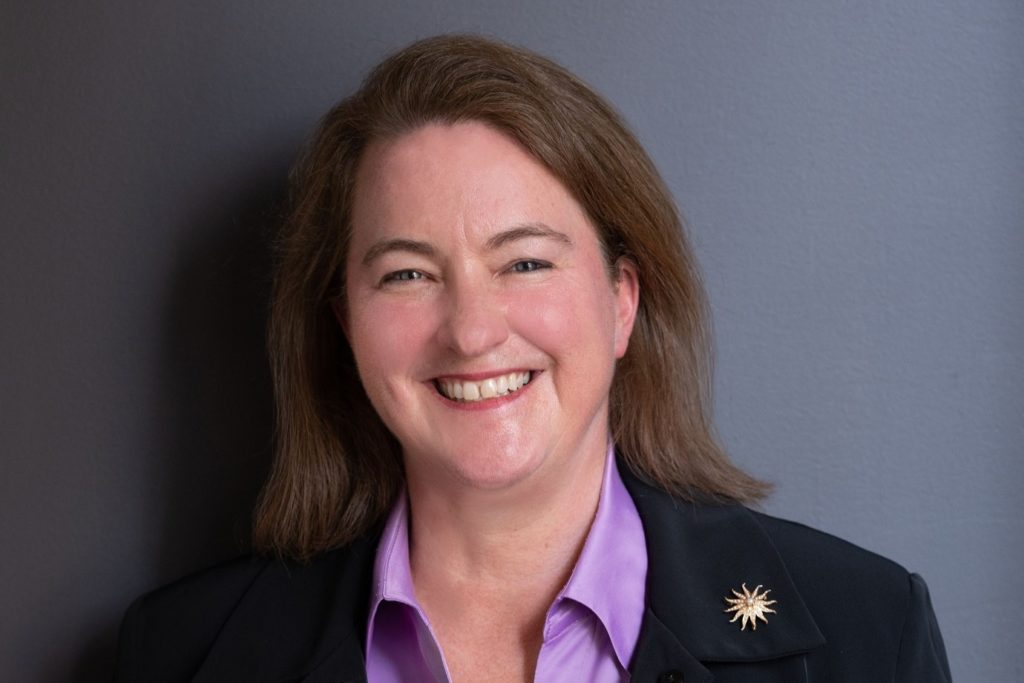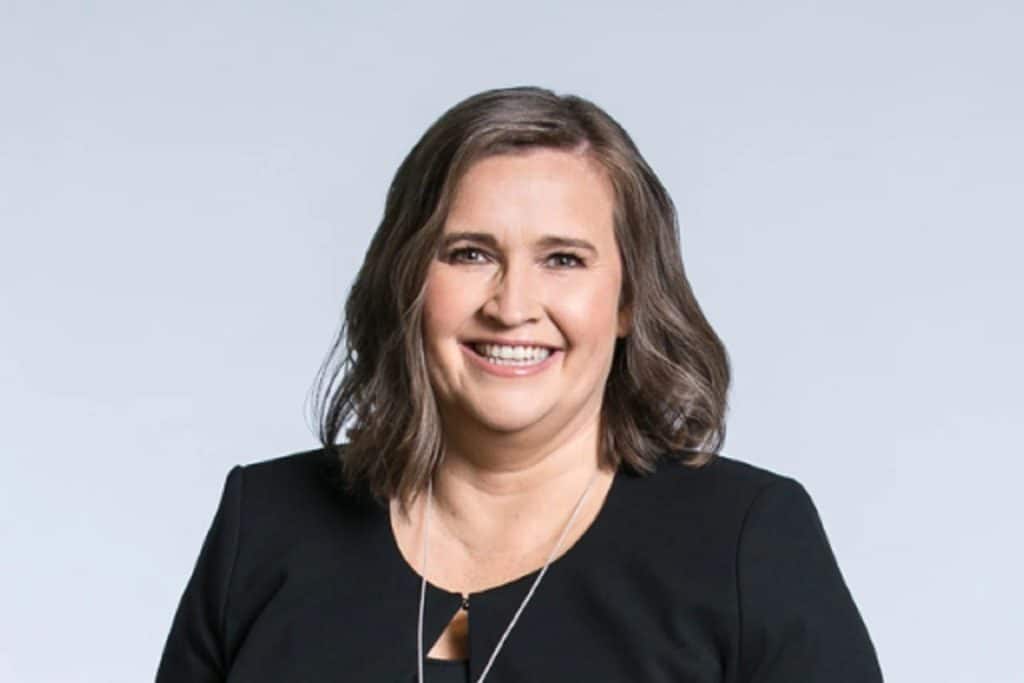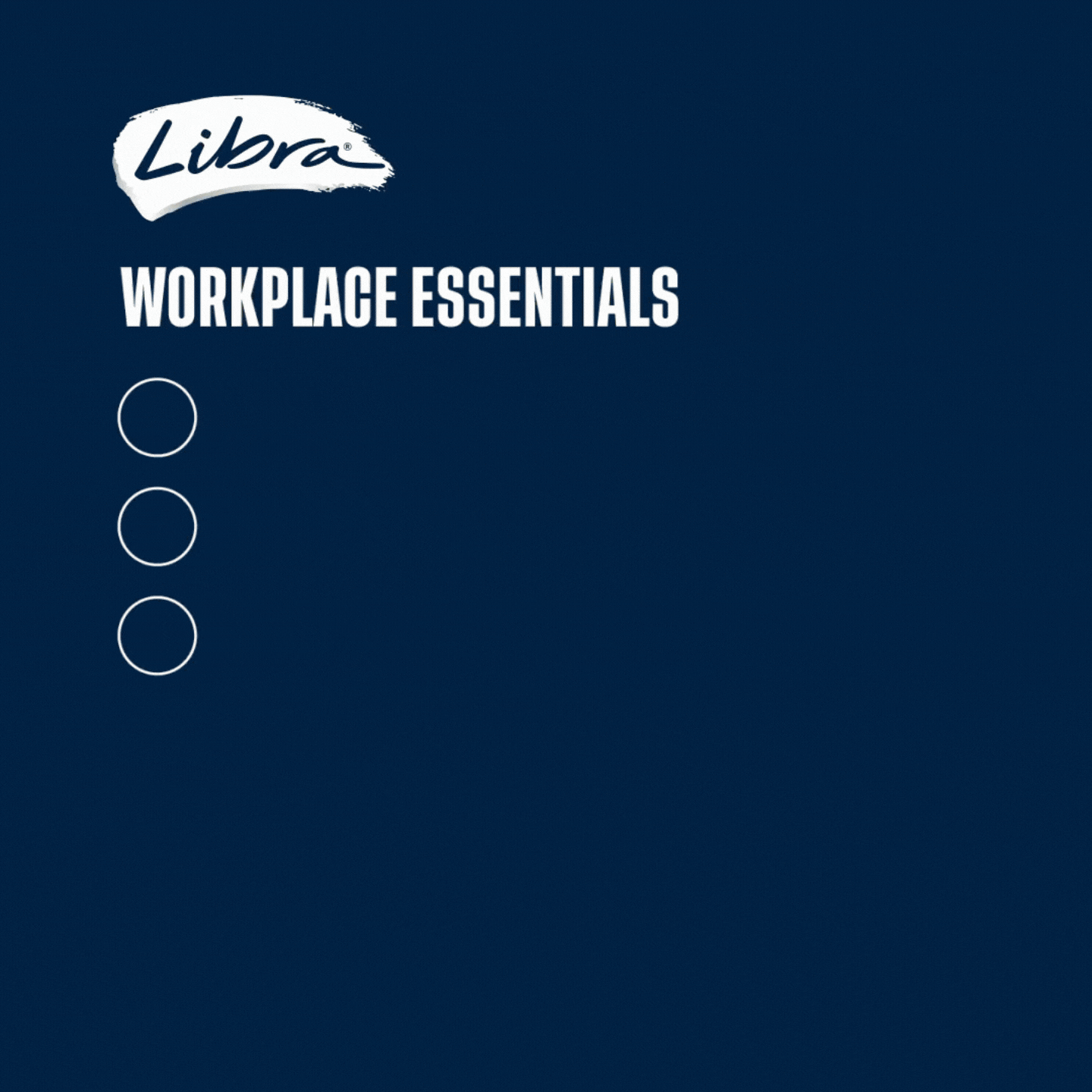More than one in four Australian workplaces are not adequately monitoring the prevalence of workplace sexual harassment and sex discrimination, a new report has found.
At the end of 2023, new laws came into effect that require employers to actively work to prevent unlawful conduct at work, rather than responding to or managing unlawful conduct after the fact.
The progress of employers monitoring and responding to workplace sexual harassment, sex discrimination and other forms of inappropriate behaviour has been tracked by the Workplace Gender Equality Agency (WGEA).
WGEA worked with more than 7,000 medium and large employers in Australia – workplaces that employ more than 5 million Australians in total – to produce a report on their enforcement of positive duty.
Overall, WGEA found that while employers have made progress in implementing adequate sexual harassment policies at work, more must be done. Mary Wooldridge, the CEO of WGEA, described such policies as “only a critical first step”.
“Long-term culture change within organisations also requires employees and company leaders to know the policy, understand what’s in it and the part they play in its implementation,” Wooldridge said.
“One of the insights from the Respect@Work Report is that proactive engagement by leadership is critical for long-term change. WGEA’s new results show that most CEOs are highly engaged in reviewing, signing off on and then communicating these policies (85%), however just over half (55%) of their Boards are similarly involved.”

Almost 99 per cent of employers involved in WGEA’s research have a formal policy on work-related sexual harassment and sexual discrimination. However, 28 per cent were found not to be adequately monitoring the prevalence of inappropriate behaviour.
Disclosure of workplace misconduct to HR or designated staff was high at 98 per cent, but anonymous disclosure was much lower – at 68 per cent.
While 88 per cent of workplaces offer training on sexual harassment and sex discrimination, most provide this training at induction and/or annually. Such training covers respectful workplace conduct and behaviours expected of workers and leaders (99 per cent), drivers and contributing factors of sexual harassment (70 per cent), bystander training (62 per cent) and the diverse experiences and needs of different people (45 per cent).
CEO of WGEA Mary Wooldridge said workplaces must “stop sexual harassment before it starts”, and there are several ways to do so.
“While employers are training employees with the knowledge and understanding to respond to complaints, employers also now have a responsibility to stop sexual harassment before it starts,” CEO of WGEA Mary Wooldridge said.
Starting at the top of a company is important: according to the results, 85 per cent of employers had their their sexual harassment and discrimination policy reviewed by the CEO. However, just 55 per cent had it reviewed by the Board.
Meanwhile, only a quarter (25 per cent) of CEOs communicated the organisation’s expectations with new staff at induction, and ahead of big staff events like Christmas parties – where sexual harassment takes place the most – just 9 per cent of CEOs did so.
“Our results indicate CEOs and Boards can play more of a role in proactively enabling a safe and respectful culture by communicating the employer’s expectations more regularly to all employees,” Wooldridge said.
Incorporating sexual harassment prevention activities in risk management processes is also of note for making change: WGEA’s research shows 87 per cent of employers reported doing so, and more than two thirds (68 per cent) of employers identify workplace and industry-specific risks of sexual harassment.
The majority of workplaces (72 per cent) said they collect data on reportage of workplace misconduct, but of these, only 64 per cent record the number of formal complaints made in a year. Meanwhile, less than one in three record the gender of the complainant/aggrieved or victim (31 per cent) or of the person who perpetrated the abuse (30 per cent).
Wooldridge said while there were some progress made, more must be done.
“Overall, we are seeing positive progress in relation to the prevention and responses to sexual harassment but there’s more to be done. Future WGEA reporting will be able to monitor progress on this,” Wooldridge said.
“WGEA’s new results expand employers’ understanding of where they are doing well and helps to inform their plans for action to create safer, more inclusive and more respectful workplace environments for all employees.”
Kate Jenkins, former AHRC Sex Discrimination Commissioner, said WGEA’s data comes at a crucial time, as sexual harassment at work is becoming more prevalent in the national conversation.
“By WGEA asking for reporting on prevention activity, employers are pointed in the right direction to create safe and respectful workplaces,” Jenkins said.
“The data shows positive moves towards prevention in policies, training, manager accountabilities, work health and safety risk management approaches, and expanding reporting options, including anonymous reporting.
“There is an opportunity for CEOs to encourage line managers to be more vocal about their support for respectful behaviour, and for Boards to be involved with policies and governance of prevention activity.”

As the lead author of the 2018 Respect@Work report, which recommended WGEA to commence this report, Jenkins said the results will make a difference.
“The new WGEA sexual harassment dataset provides indicators for action and a benchmark for employers to measure their progress over time and against other workplaces,” Jenkins said.
“The National Inquiry into Sexual Harassment in Australian Workplaces was world-leading. It mapped a pathway for reform to ensure Australian workplaces are safe, fair and respectful. Now is the time for all workplaces to bring the Respect@Work reforms to life for Australian workers.”


